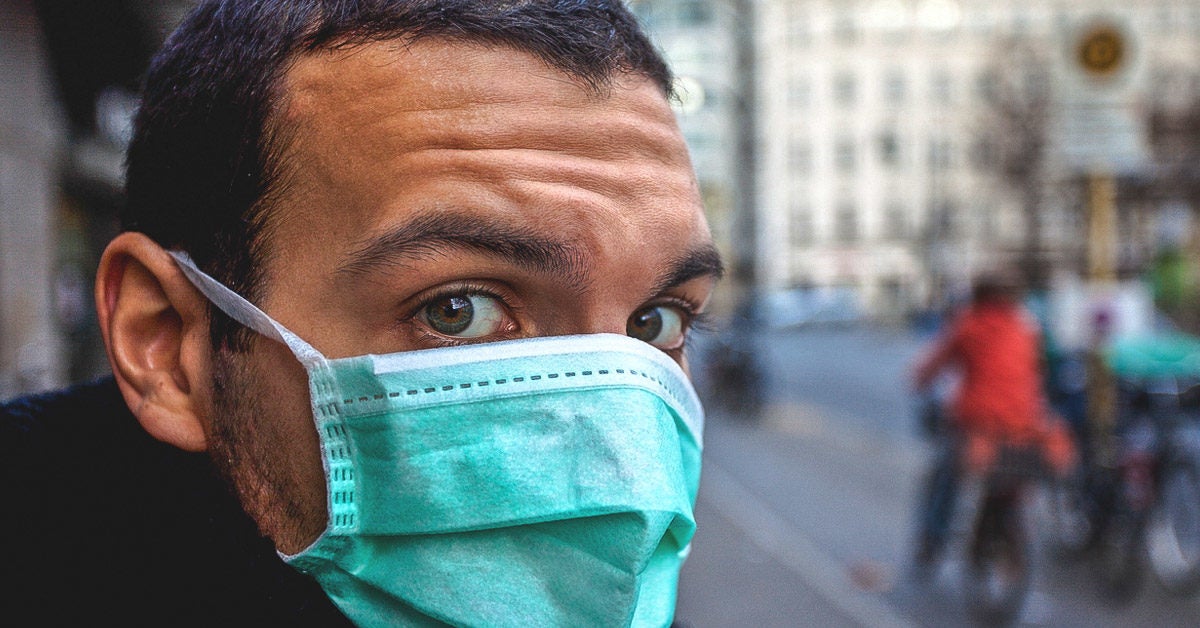

The beak could hold dried flowers (including roses and carnations), herbs (including mint), spices, camphor, or a vinegar sponge. The mask had two small nose holes and was a type of respirator which contained aromatic items. The mask had glass openings in the eyes and a curved beak shaped like a bird’s beak with straps that held the beak in front of the doctor’s nose. This theory of disease believed that people got sick from “bad air”, and so what this mask’s long nose was designed to do was the wearers would put pleasant smelling herbs and light then on fire to prevent Miasma from being inhaled by the wearer by “cleansing” the “bad air”. This mask was designed to fight against the Miasma theory. His nose-case is filled with herbal material to keep off the plague. 1721, of a plague doctor of Marseilles (introduced as ‘Dr Beaky of Rome’). During medieval Europe, there were two main theories of how diseases were spread and contracted: the Four Humors theory, and the Miasma theory. Howard W.This authentic 16th century plague doctor mask has been preserved over the years and is currently on display at the German Museum of Medical History in Ingolstadt. This was the first design of the Plague Doctor’s mask. Joseph Patrick Byrne, Encyclopedia of Pestilence, Pandemics, and Plagues, ABC-Clio, 2008ĭorothy Crawford, Deadly Companions: How Microbes Shaped Our History, Oxford University Press, 2018 He was more than just the inventor of the plague preventive costume he was a talented physician who treated thousands of people during the reigns of three different French kings. Desiring to improve people's lives, Charles spent a good deal of his time coming up with remedies for such diverse ailments as stomach pain and headaches. He built up his reputation as being a reliable, benevolent, and competent physician who cared about his patients and who found solutions during times of hardship. Philippe de Champaigne (1602–1674) (after) National Galleries of Scotland Charles's benevolence was praised by Henri IV himself, as the physician was known for refusing special gifts offered to him by patients who came from nobility. His prowess as a physician preceded him and he became the chief physician to three consecutive French kings: Henri IV, Louis XIII, and Louis XIV. His reputation as a good practitioner grew rapidly in the capital and, thanks to his father's connections, Charles became the personal physician to several members of the Medici. Soon after, he moved to Paris to practise medicine under the mentorship of his father. Charles followed in his father's footsteps and, in 1607, he graduated from the University of Montpellier at the age of 23. The outfit also consisted of gloves, boots, and a hat, which was made of waxed leather.Ī Physician Wearing a Plague Preventive Costume in Marseille, 1720īut who was Charles Delorme, apart from the inventor of the plague preventive costume?Ĭharles was the son of Jacques Delorme, a professor at the University of Montpellier who had great connections among the nobility. He created the 'plague preventive costume', which consisted of a long overclothing garment (Moroccan), which went from the neck all the way down to the ankle, the idea being that the air could not penetrate it. In 1619, the bubonic plague erupted in Paris, and an experienced French physician named Charles Delorme was about to have an idea.

However, in the midst of the chaos, a man came up with a new invention, one that would possibly help protect the physicians treating patients who'd contracted the plague.

All anyone could do was remove the corpses to prevent the virus from spreading further and killing even more people.įor doctors – or physicians as they were called during the early modern period – this situation was unbearable. A Terrified Man Realising He Has Just Contracted the Plague, Surrounded by a Group of PeopleĮdward Matthew Ward (1816–1879) Wellcome CollectionĪs the death toll continued to rise, no remedy was found against the disease.


 0 kommentar(er)
0 kommentar(er)
